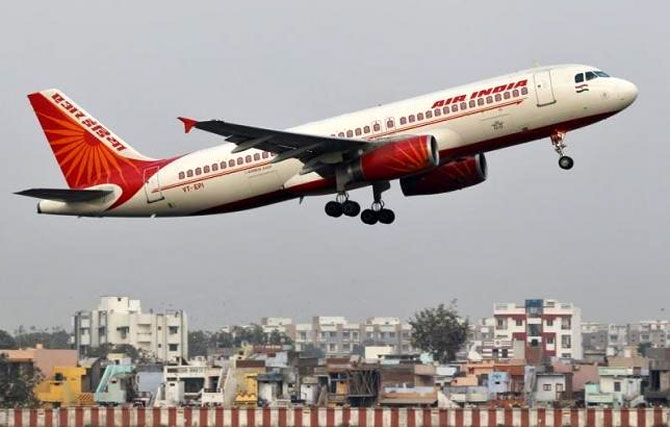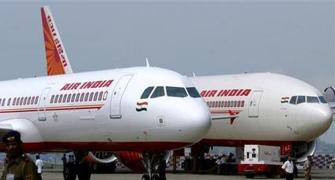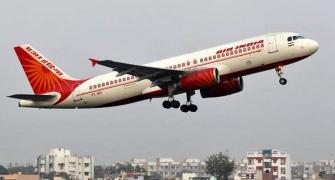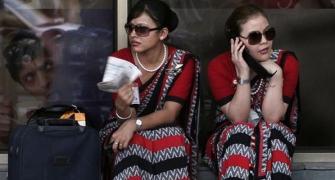
Air India’s net profit doubled to Rs 333 crore (Rs 3.33 billion) in 1992-93 from the previous year.
Air India made Rs 1 crore (Rs 10 million) profit a day under Y C Deveshwar’s chairmanship in 1992-93, making it the sixth most profitable airline in the world that year.
Deveshwar, stepping down as executive chairman of ITC next February, was appointed by then Civil Aviation Minister Madhavrao Scindia to head Air India during 1991-94.
His tenure was marked by improved profits and good management practices. He framed policies on succession planning and tried to bring a focus on corporate sales, say retired Air India executives.
Air India’s net profit doubled to Rs 333 crore (Rs 3.33 billion) in 1992-93 from the previous year.
The following year also the airline clocked a profit of Rs 201 crore (Rs 2.01 billion), according to a parliamentary standing committee report.
“He (Deveshwar) announced during the airline’s golden jubilee celebrations Air India was making Rs 1-crore (Rs 10-million) profit a day,” recalls Jitender Bhargava, the airline's former executive director.
The Rs 333-crore profit in 1992-93 remains a record and, at $100 million, was the sixth highest among global airlines that year.
This was achieved despite falling tourist arrivals after the demolition of the Babri Masjid in December 1992 and a two-month strike by the airline’s flight engineer association.
In 1992-93, Air India had a fleet of 23 aircraft, including a wet-leased Russian Il-62 aircraft (flown to Moscow); operated to 40 destinations; and had an employee strength of over 17,000.
Today, the airline has 118 aircraft; serves 86 destinations in India and abroad; and its staff count, including in engineering and ground handling subsidiaries, is 19,000.
Air India is expected to post a loss of Rs 2,600 crore (Rs 26 billion) in 2015-16, which will be an improvement over the previous year’s loss of Rs 5,859 crore (Rs 58.59 billion).
Deveshwar’s tenure saw the induction of Boeing 747-400 aircraft -- then the biggest passenger jet liner -- and a focus on growing sales and increasing efficiency.
Deveshwar had also drawn up fleet replacement plan for the airline.
“He brought in three elements responsible for commercial success -- a frequent flyer programme, an automated revenue management system, and a hub-and-spoke model in partnership with Indian Airlines,” recalls Michael Mascarenhas, Air India’s former managing director.
“Deveshwar lacked core airline experience, but was conversant with the hospitality business.
"He was conscious of passengers’ needs and what was required to stem the rot that had set in,” Bhargava writes in his book, The Descent of Air India.
“He would track positions and make sure six months before a position fell vacant a person was identified and trained to occupy it.
Aptitude mattered and so did attitude. This was a major departure from the past,” Bhargava adds.
THE CARRIER’S HEYDAYS
- The Rs 333 crore-profit (Rs 3.33-billion) in 1992-93 remains a record
- At $100 mn, was the sixth highest among global airlines that year
- This was achieved despite falling tourist arrivals after the demolition of the Babri Masjid in December 1992
- There was an instance of a two-month strike by the airline’s flight engineer association, too
- In the same year, AI had 23 aircraft, including a wet-leased Russian Il-62 aircraft; operated to 40 destinations
Photograph: Reuters










